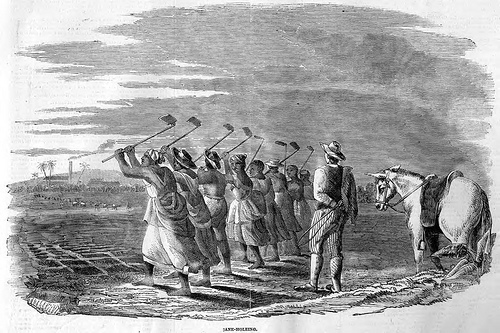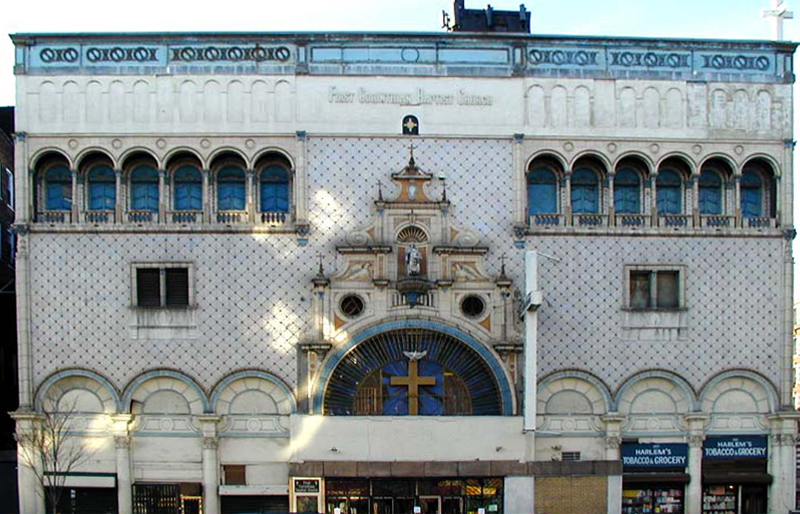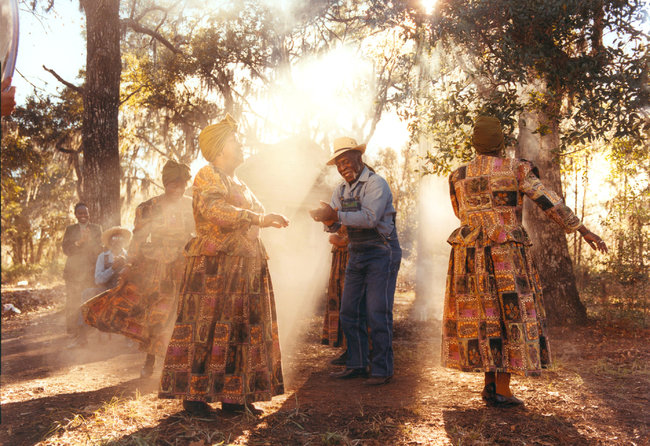GOSPEL MUSIC IN HARLEM

Harlem is more identified than anything else with music. Music that grew out of suffering and yearning for freedom. The Harlem Nights are the time for jazz and blues, coming from the clubs, restaurants and underground from the Savoy stations with nostalgia and nostalgia for the glory days of the 20th century Harlem. On weekends, the streets fill with rap and hip-hop artists – music and movement identified with the streets of Harlem and the Bronx But one day a week, Sunday, Harlem converges into over 400 churches and is enveloped in the spirituality and ecstasy of gospel music. The Gospel is a song of devotion and love to God. It expresses the yearning for freedom and redemption and developed in America from two sources: one is European Christian poetry brought to the New World by Europeans who began to arrive in the continent at the beginning of the 17th century. The second source is the ” Which developed in the United States as a unique musical style from which the gospel evolved. One of the characteristics of the Spiritual was singing standing at one point – which distinguishes this style from ecstasy expressed in dance. During the 250 years of slavery in the North American continent, slaves were forbidden to practice their customs and culture and even to speak their own language. These prohibitions led the slaves to hold secret and secret rituals called “forest gatherings” in which the slaves felt safe and secure enough to renew the African rituals and speak their original language.
The gathering of a secret forest in one of the southern states
Tyler Hicks/The New York Times—–The McIntosh County Shouters in a performance of a ring shout in Eulonia, Ga., in 2004.
This release led to a musical expression called ‘circles of cry’ to which the slaves gathered, and while singing and shouting came to ecstasy and spiritual transcendence whose modern incarnation we can experience in the contemporary gospel ceremony. The roots of the shouting circles are in West Africa and the ceremony came to America together with the slaves, but it developed into a unique Afro-American phenomenon that did not exist in other places where there was slavery. This unique phenomenon can be read in Art Rosenbaum’s book Shout Because You’re FreeThe gospel is also characterized by repetition – the audience answers and repeats the lead singer’s poetry. This structure, which strengthens the spirit of the community and is still an important component of the ceremony, has remained since the beginning of the gospel ceremonies, during periods when it was necessary to return after the leader, because most of the people could not read and write and had to listen and repeat the prayers and singing in order to participate in the ceremony. The original gospel was a cappella style, without the accompaniment of musical instruments and rhythm and ascension achieved by stomping feet, clapping, speaking and singing. One of the sources for the rhythms of the gospel with the periodic structure and returned is the ‘lines songs’ developed among the slaves while working in the field. The slaves who worked in the field in rows, planted, picked up grasses, and harvested the crops were helped by the singing of the hymn and the return by all the other workers to put themselves in a rhythm that facilitated the physical difficulty, boredom and long days of hard labor and took them far and wide into the wind.

An engraving of a row of slaves in a field in Jamaica, an unknown date in the 19th century
Gospel is a must-see experience in Harlem – music, rhythm, singing and the transcendence to which we are invited to experience and to approach ourselves. Of the countless churches we visited with and without tours, one is the First Corinthian Baptist Church. This church is an architectural masterpiece in the ‘Murray’ style. It was built in 1913, but not as a church, but as a luxurious movie theater called Regent, which lasted 50 years until Harlem’s economic decline led to its closure in the early 1960s.

The building is a building for preservation and therefore the church can not destroy anything, so the visit to the gospel also gives a glimpse into the grandeur of the former cinema hall at the beginning of which a movie ticket cost 25 cents. When the cinema opened in 1913, the entertainment culture was in the throes of a technological revolution and new inventions opened up new horizons for the culture of leisure and consumerism: the telephone, the car, the turning of electricity into available technology, and the gramophone that replaced the music box brought music to every home. Harlem was then at the beginning of the cultural boom of African-American culture known as the Harlem Renaissance and was a center of nightlife and entertainment with an opera house and theater halls, music clubs and restaurants, but the Regent cinema was the first cinema hall to be built for cinema only. In a neighborhood more identified than any other place with the Afro-American community. The blossoming of the Harlem Renaissance, where jazz, black theater, African-American literature, and poetry flourished.
What to expect? The ceremony itself is characterized by the spirit of the period, sometimes accompanied by a musical and very sweeping. The choir on the stage is supported by the enthusiastic audience and anyone who wants to experience and not only see is invited to stand on his feet like everyone else and enter the rhythm. The community is very inviting and during the ceremony, there is even a break to welcome the blessing and welcome the guests and visitors for the first time. Sunday is the perfect day to visit Harlem where you can experience not only the gospel and the many colorful markets, restaurants, and streets, but also pamper yourself on Sunday Treat. Our recommendation is for the famous Levain pastry house, thanks to the best-known Chip and Brownies chocolate cookies in New York. For those interested – every Sunday we tour Harlem, where in addition to an intoxicating gospel experience we will get to know Harlem in depth with its culture, art, and history.

